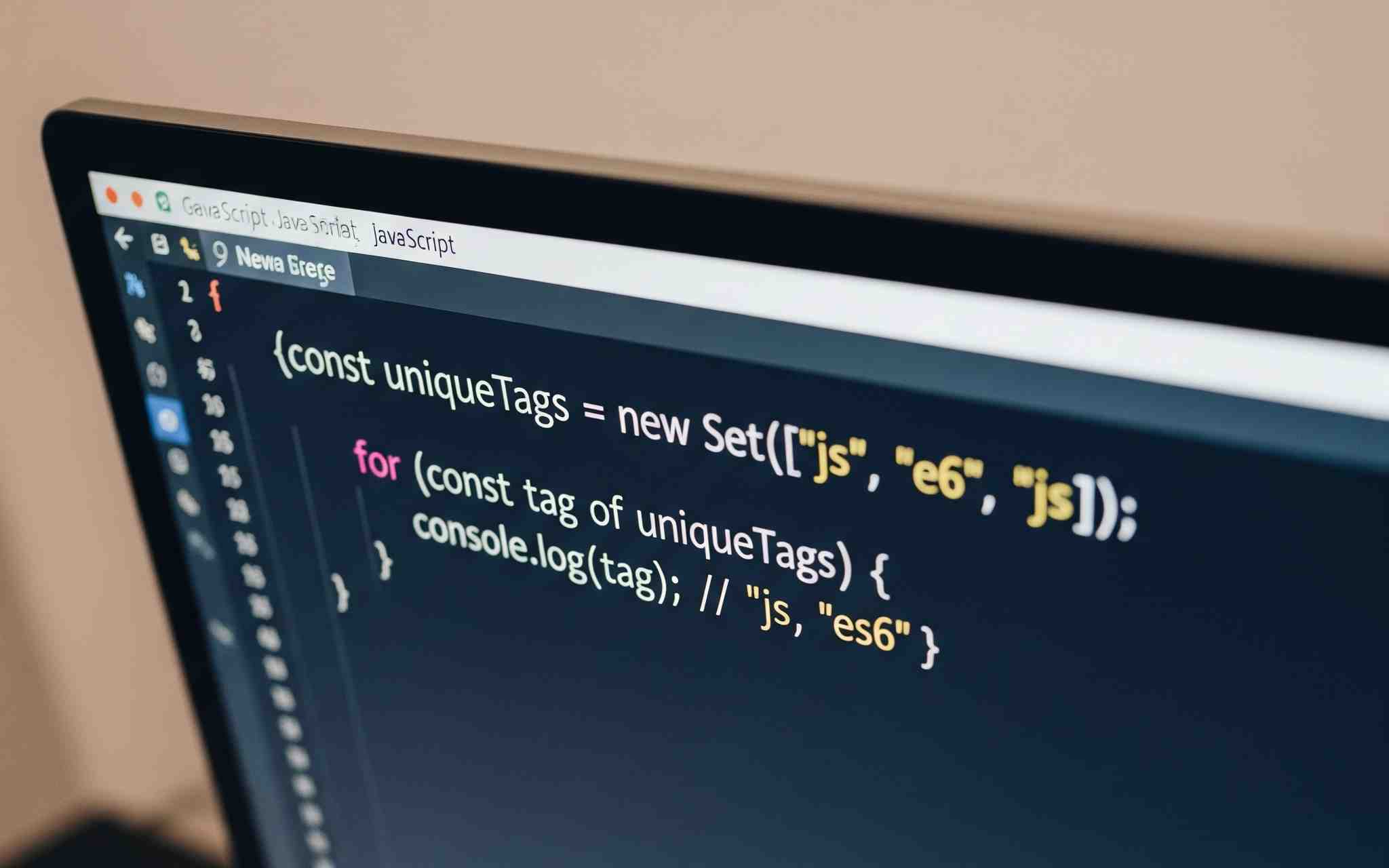The first step to recovery is admitting you have a problem. It starts with one console.log() and next thing you know, the console looks like an index of real world customer data. I don't want to feel like I work in a digital junkyard, so I built a reusable JavaScript logger utility that's ready for any environment, and knows when to shut up.
The Solution: A Production-Guarded Logger
Creating a function that wraps console.log() gives us a single point of control for all our future logging needs. The most complex part of this function is a simple environment check. A lot of build tools like Webpack or Vite can inject a process.env.NODE_ENV variable that can be either 'development' or 'production'. We'll use that to control logging behavior.
class Logger {
log(message, ...optionalParams) {
if (process.env.NODE_ENV !== 'production') {
const timestamp = new Date().toISOString();
console.log(`[${timestamp}]`, message, ...optionalParams);
}
}
}Now our new logging buddy will automatically go quiet in a live environment!
Adding Bells and Whistles
If we want a truly useful logger, we should match the different levels of severity that what we have with the native console object. There's info, warn, error, and debug, each with a specific purpose. A single log function could take a level argument, a message, and dispatch the corresponding console method:
const logger = (() => {
// Check the environment once
const isProd = process.env.NODE_ENV === 'production';
// Return an object with methods for each log level
return {
debug: (message, ...optionalParams) => {
if (!isProd) {
console.debug('DEBUG:', message, ...optionalParams);
}
},
info: (message, ...optionalParams) => {
console.info('INFO:', message, ...optionalParams);
},
warn: (message, ...optionalParams) => {
console.warn('WARN:', message, ...optionalParams);
},
error: (message, ...optionalParams) => {
console.error('ERROR:', message, ...optionalParams);
},
};
})();Notice I'm now using arrow functions to return the object methods, within an immediatly involking function so lazy me doesn't even need initalize it. Also, I only production-guarded debug messages, while info, warn, and error remain active since they are typically useful for monitoring. Now I've got a rock solid, reusable logger I can use throughout my application.
// Example usage:
logger.info('Flooding Torpedo Tubes...');
logger.debug('A secret value:', mySecretVariable);
logger.warn("Don't touch that!");
logger.error('Goodbye World!');The Closing Tag
Spending a little time to create a centralized logger, I've made my codebase cleaner and debugging life a lot easier. Now, I have a single place to control logging and maintain debugging consistency thoughout my application code. It's a simple change that helps improve the overall health of my projects.
References
Console API — MDN Web Docs
https://developer.mozilla.org/en-US/docs/Web/API/Consoleprocess.env (Node.js) — Node.js Documentation https://nodejs.org/api/process.html#processenv
Logging best practices — The Twelve-Factor App (logs as event streams) https://12factor.net/logs
Share This Post
If you found this post interesting, please consider sharing it to your social networks.



